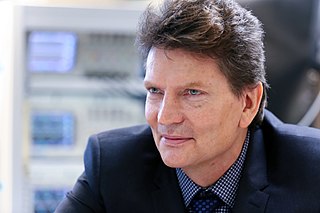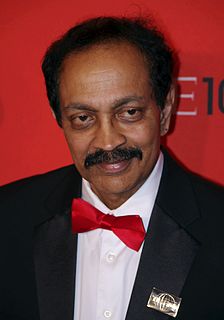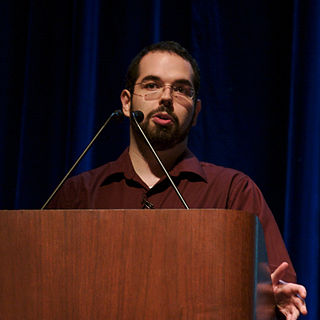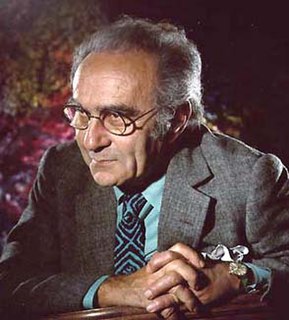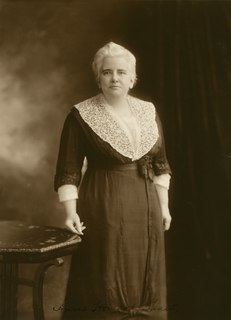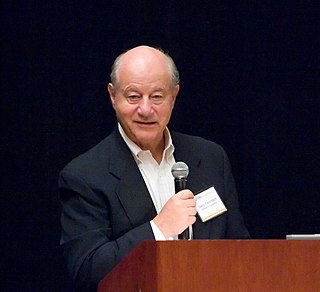A Quote by Henry Markram
We cannot experimentally map out the brain. Its just too big. In a piece of the brain the size of a pinhead there are 3,000 pathways like a city with 3,000 streets.
Related Quotes
There are 100 billion neurons in the adult human brain, and each neuron makes something like 1,000 to 10,000 contacts with other neurons in the brain. Based on this, people have calculated that the number of permutations and combinations of brain activity exceeds the number of elementary particles in the universe.
The human brain cannot release enough neurotransmitters to feel emotion a thousand times as strong as the grief of one funeral. A prospective risk going from 10,000,000 deaths to 100,000,000 deaths does not multiply by ten the strength of our determination to stop it. It adds one more zero on paper for our eyes to glaze over.
Structurally we should understand that one cannot think that the human brain is different from the brain of the other vertebrates. It is an important question, because we can investigate what is the difference between the brain of a mouse and ours, and of course the difference is enormous, in size and capacity.
The brain immediately confronts us with its great complexity. The human brain weighs only three to four pounds but contains about 100 billion neurons. Although that extraordinary number is of the same order of magnitude as the number of stars in the Milky Way, it cannot account for the complexity of the brain. The liver probably contains 100 million cells, but 1,000 livers do not add up to a rich inner life.
We've got people that are paying premiums of $1,000 a month out there, and then they've got a deductible of $1,000. If you're making $40,000, $50,000, $60,000 out there and you've got an Obamacare plan, by and large you've got an insurance card, but you don't have any care because you can't afford the deductible.
What we found was that rather than being haphazardly arranged or independent pathways, we find that all of the pathways of the brain taken together fit together in a single exceedingly simple structure. They basically look like a cube. They basically run in three perpendicular directions, and in each one of those three directions the pathways are highly parallel to each other and arranged in arrays. So, instead of independent spaghettis, we see that the connectivity of the brain is, in a sense, a single coherent structure.
